Your cart is currently empty!
Category: Culture
Momiji – Autumn Colors in Japan
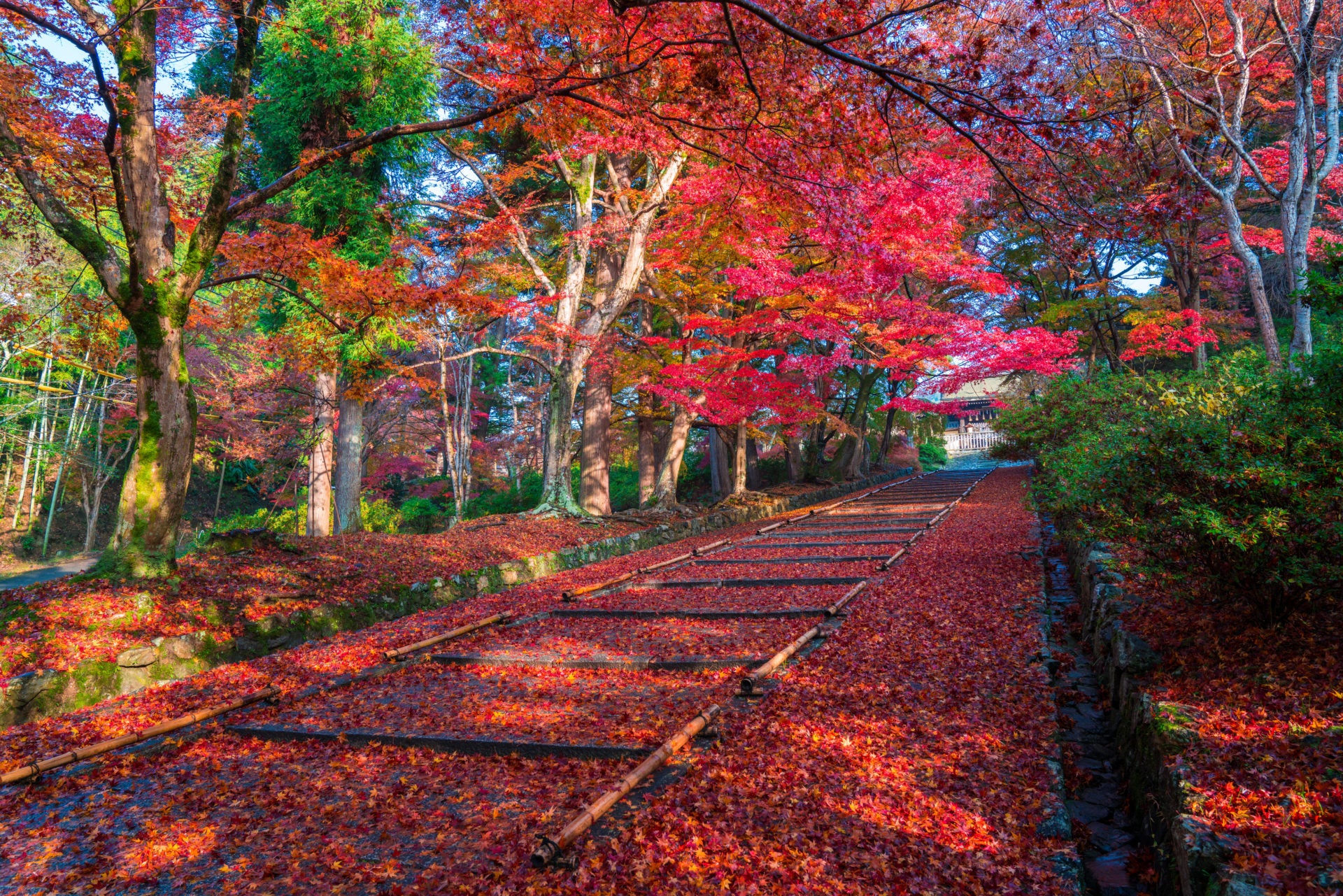
The Kōyō (紅葉 koyo) is as it is known in Japan to the phenomenon that occurs in the leaves of many trees and shrubs to change the color of their leaves to shades of yellow, orange and red. This happens for a few weeks in the fall season (late September to late November) You will… Read more
Why do Japanese people sleep on futons?
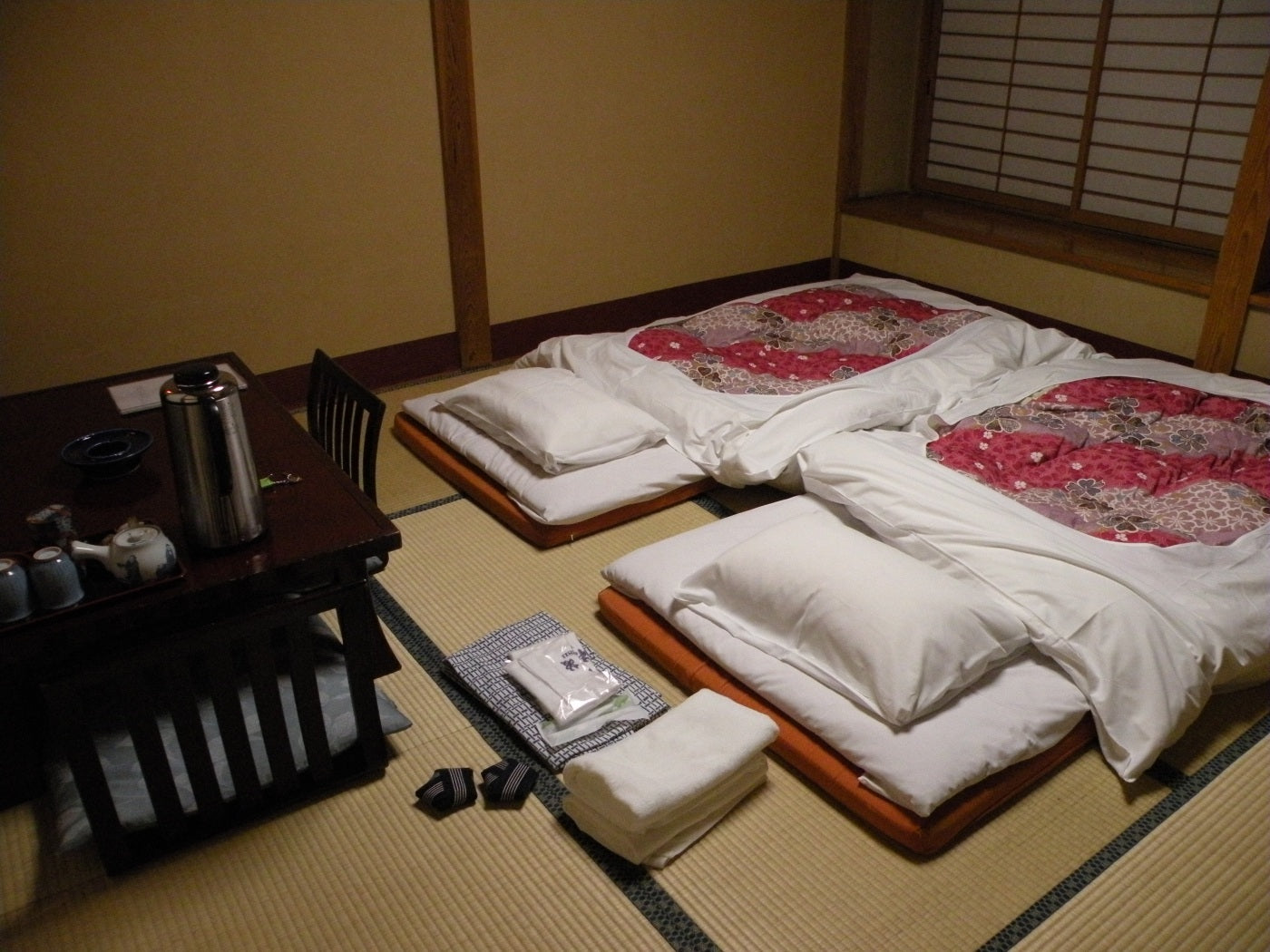
The experience of sleeping on a futon (布団) is one of the most attractive activities for people who come to Japan. This typically happens when staying at a ryokan (旅館, traditional Japanese hotel) or guest house, where Japanese-style rooms, called washitsu (和室), tend to be the norm. (You can watch the video of this post… Read more
Reiki, Healing with Our Hands

Some time ago, I learned that some people used their hands to heal or relieve discomfort; a Japanese technique known as Reiki (霊気). It is a very soft and relaxing technique, where physical contact is minimal or nonexistent at all, in which it is understood that “ki” or universal energy is transmitted from one person… Read more
Deities or Kami of Shinto that you will find in Japan
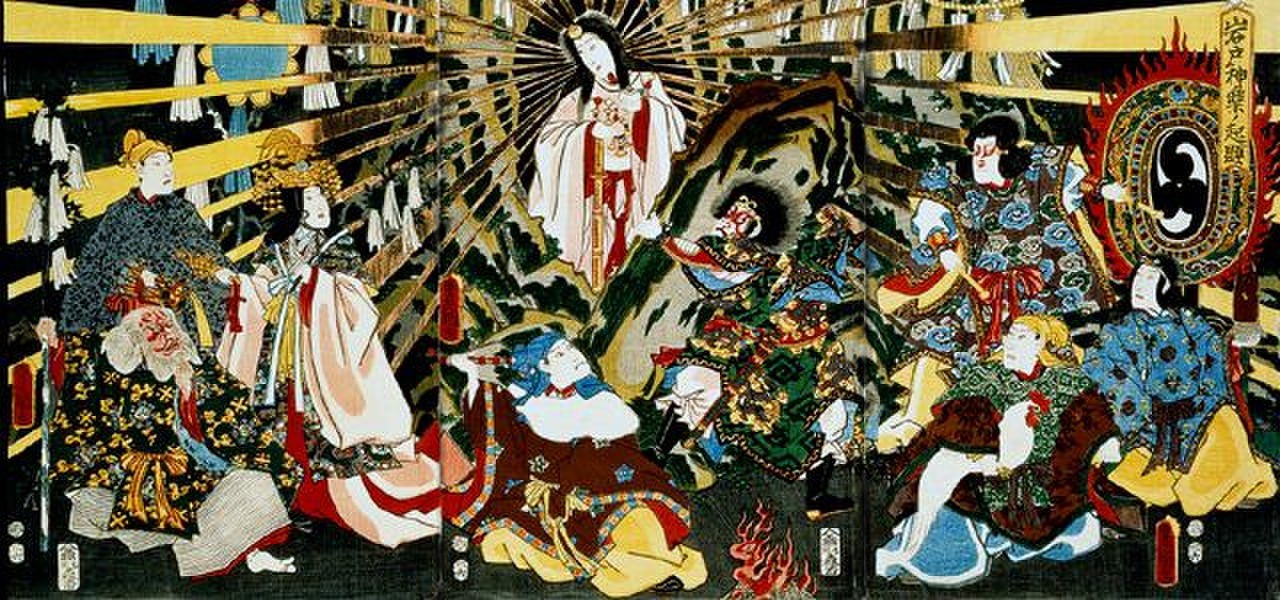
The kami 神 are the spirits or divinities recognized in Shinto 神道, the religion that originated in Japan. There are eight million kami , a number that, in traditional Japanese culture, can be considered synonymous with infinity. In Japan, you will find these deities at shrines, monuments, and in popular culture everywhere. Here we present… Read more
Tōrō – Lanterns In The Temples And Shrines Of Japan
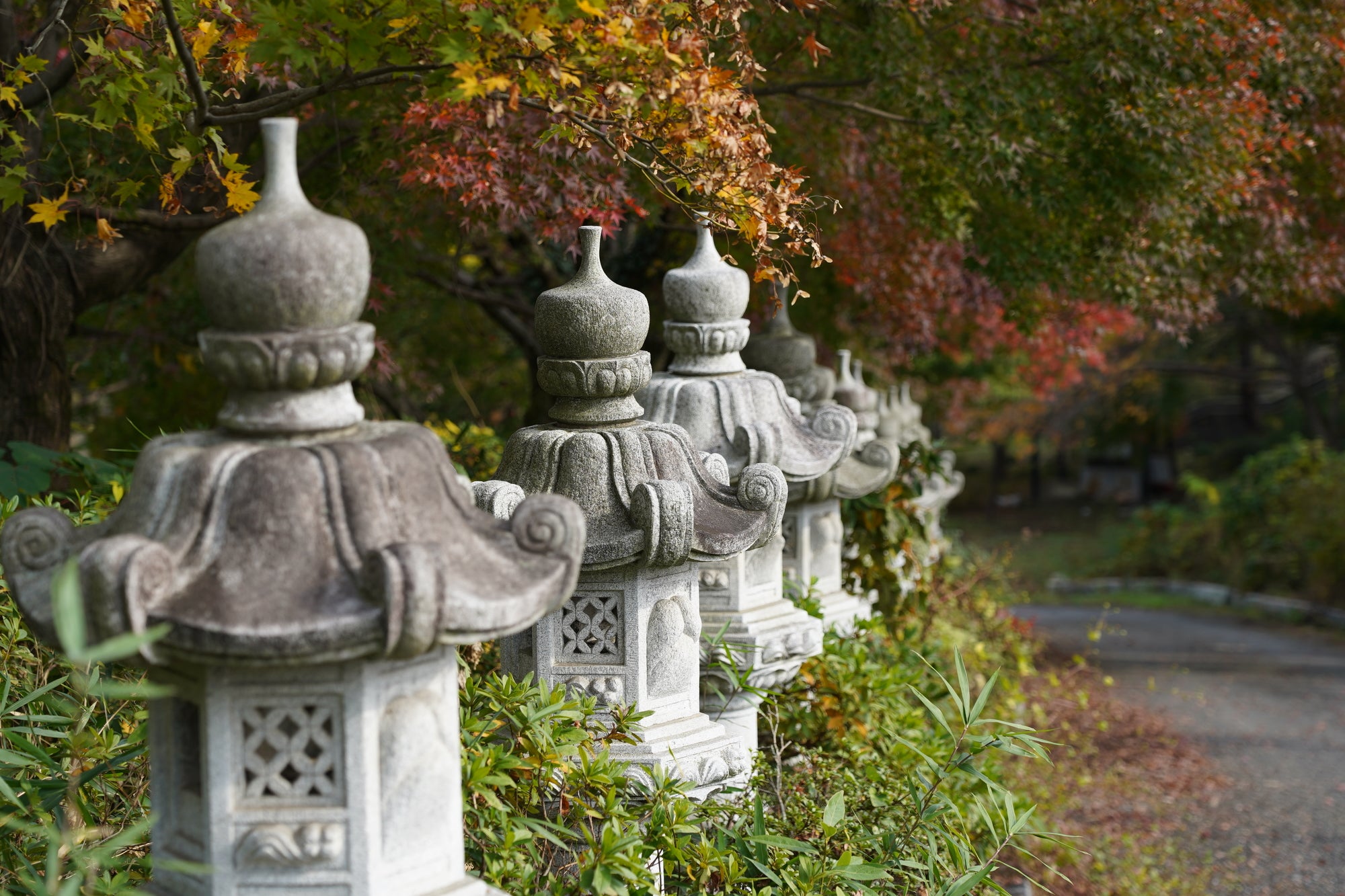
In Japan, Tōrō 灯籠 is a traditional lantern made of stone, wood, or metal. Like many other elements of traditional Japanese architecture, it originated in China, where it can still be found in Buddhist temples and Chinese gardens. They are not as common in Korea as they are in China or Japan and were originally… Read more
Higanbana – The Autumn Equinox Flower in Japan
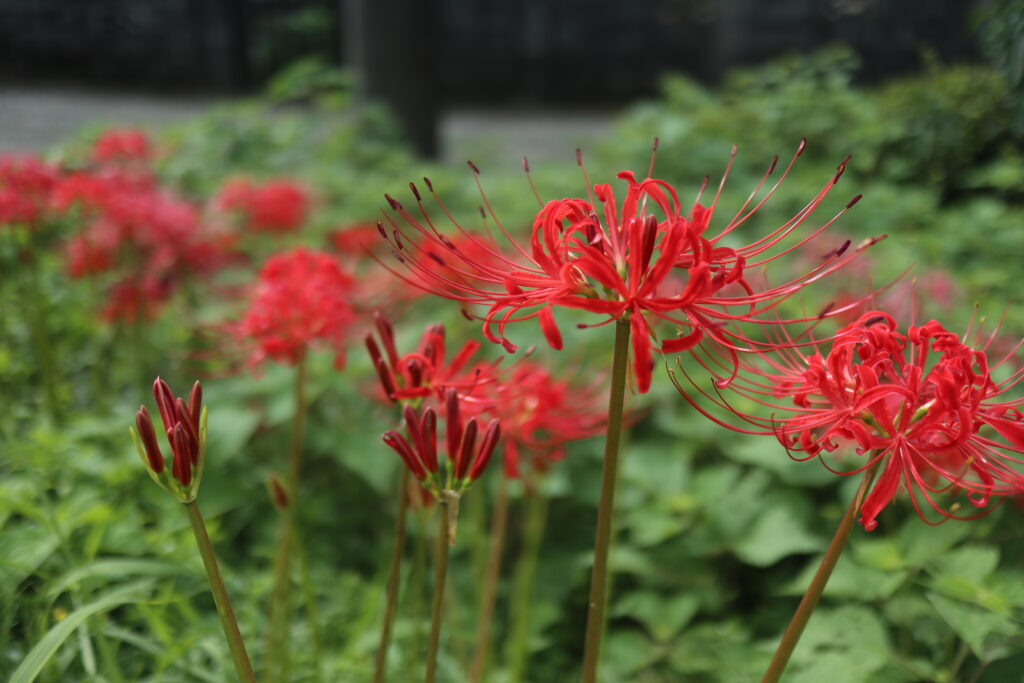
After a long, hot summer, the arrival of the higanbana in mid-September heralds the beginning of autumn. The tall stems and spectacular bright red flowers seem to appear out of nowhere and appear around paddy fields mostly. The flowering season is short and lasts only 2-3 weeks, but if you happen to be in Japan… Read more
Tsukimi – Contemplate the Autumn Full Moon
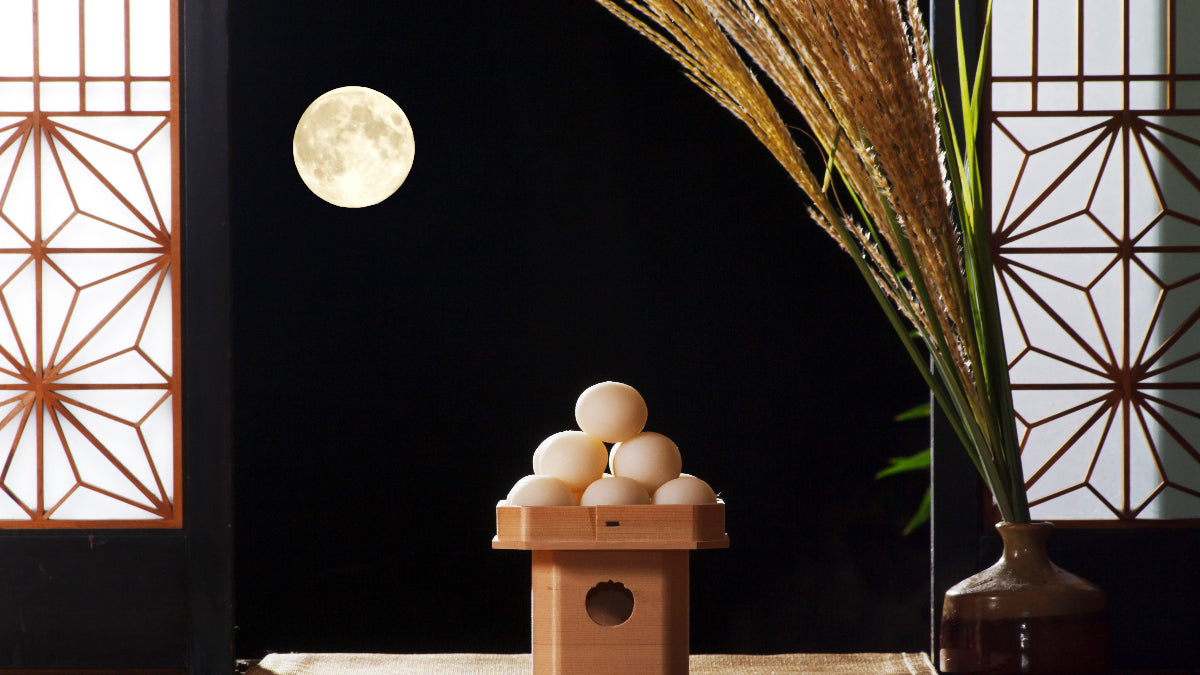
Tsukimi 月見 (also known as Otsukimi お月見 with honorific) literally means “moon watching” and is a Japanese festival in honor of the autumn moon. This celebration usually takes place towards the end of September or the beginning of October according to the modern solar calendar. Formerly it was celebrated on the 15th day of the… Read more
Aki No Nanakusa – The Seven Flowers/Herbs of Autumn
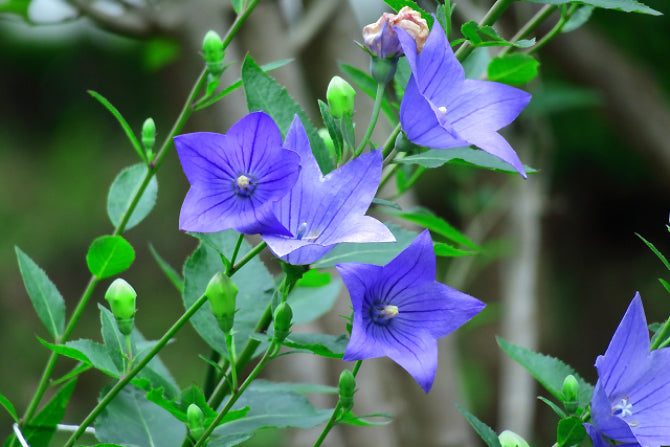
In Japan, there are seven flowers that are representative of autumn and they are called Aki no Nanakusa秋の七草, meaning the seven herbs/flowers of autumn. The Aki No Nanakusa provide visual enjoyment due to their simplicity since they are small and delicate but with very beautiful colors. They are not well known to many people outside… Read more
Why do Japanese people eat RAW FISH?
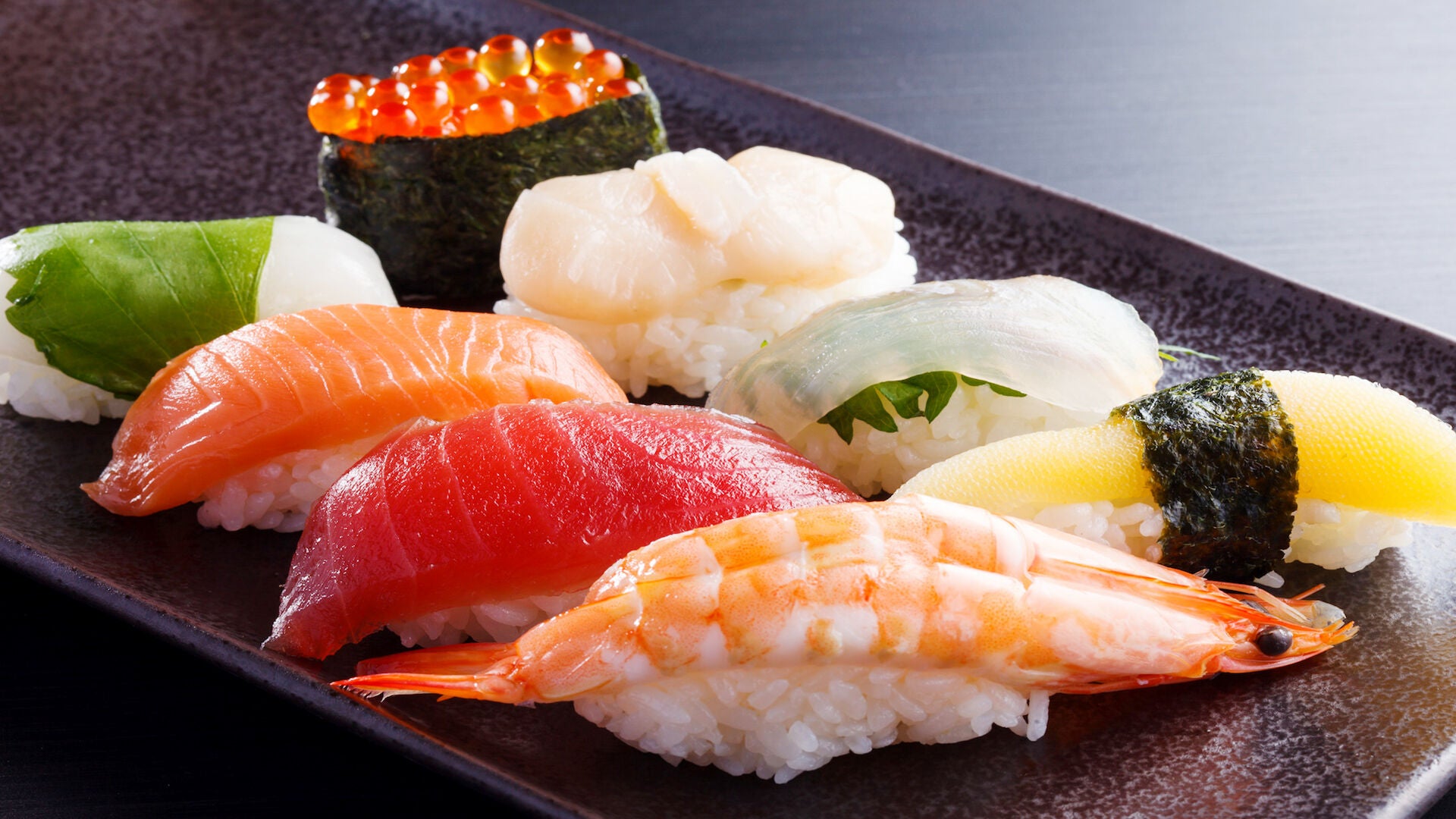
You have probably wondered why we Japanese eat so much raw fish? Well, to begin with, I think it’s a very subjective answer, that is, it depends on the person you ask this question to. However, the first answer that I would give you if you asked me would be “We eat raw fish because… Read more
Jizo Statues: Ancient Protectors of the Road
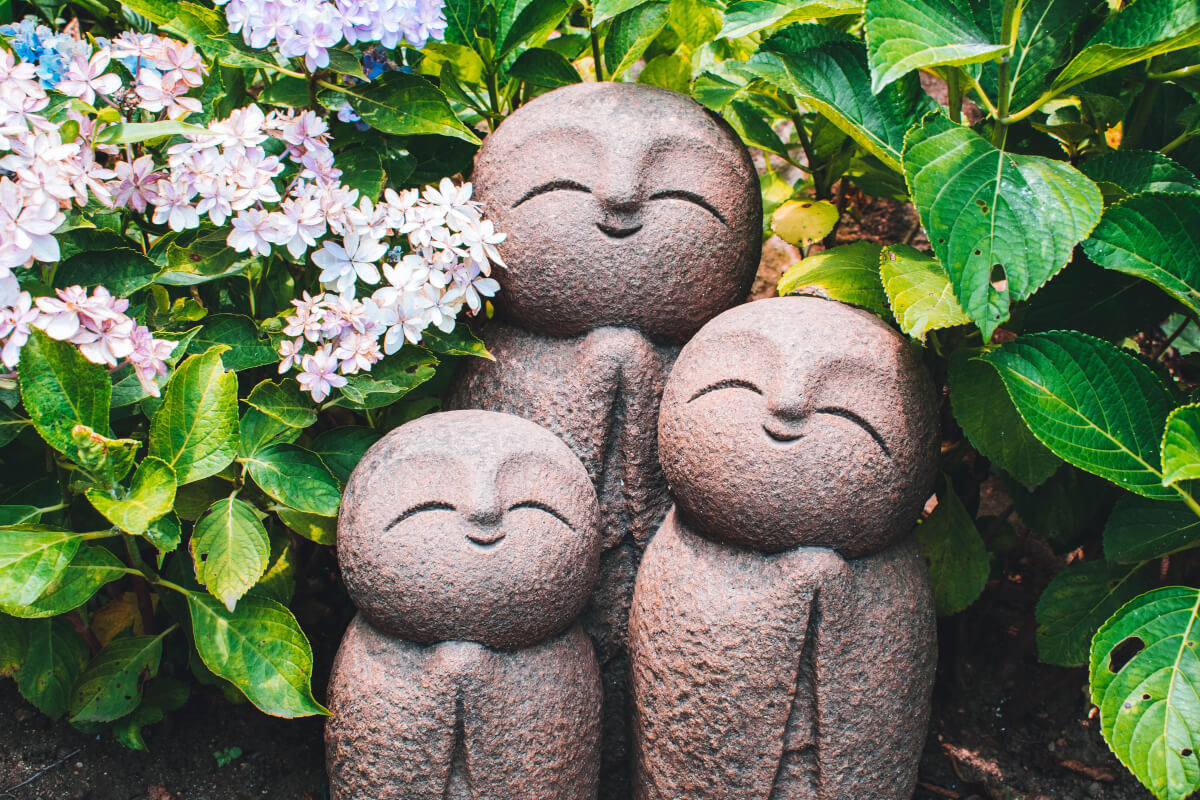
As you walk through Japan, you are likely to see small stone statues in the shape of children or representations of the Buddha. The size is different and sometimes the faces are also different however their real identity tells a very interesting story. Jizo (地蔵), as they are called in Japanese, are made in the… Read more
